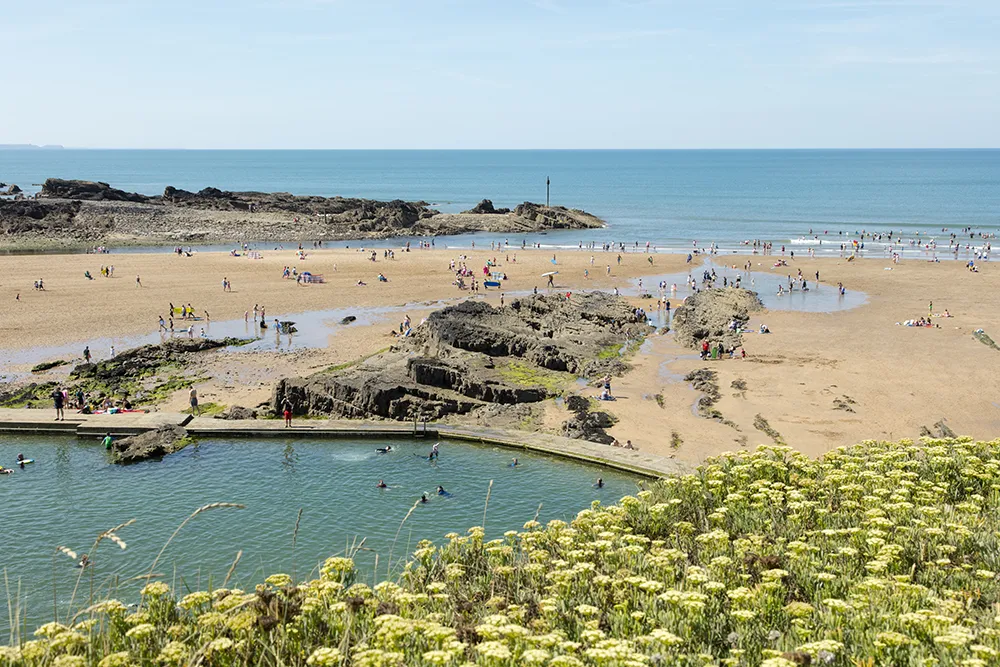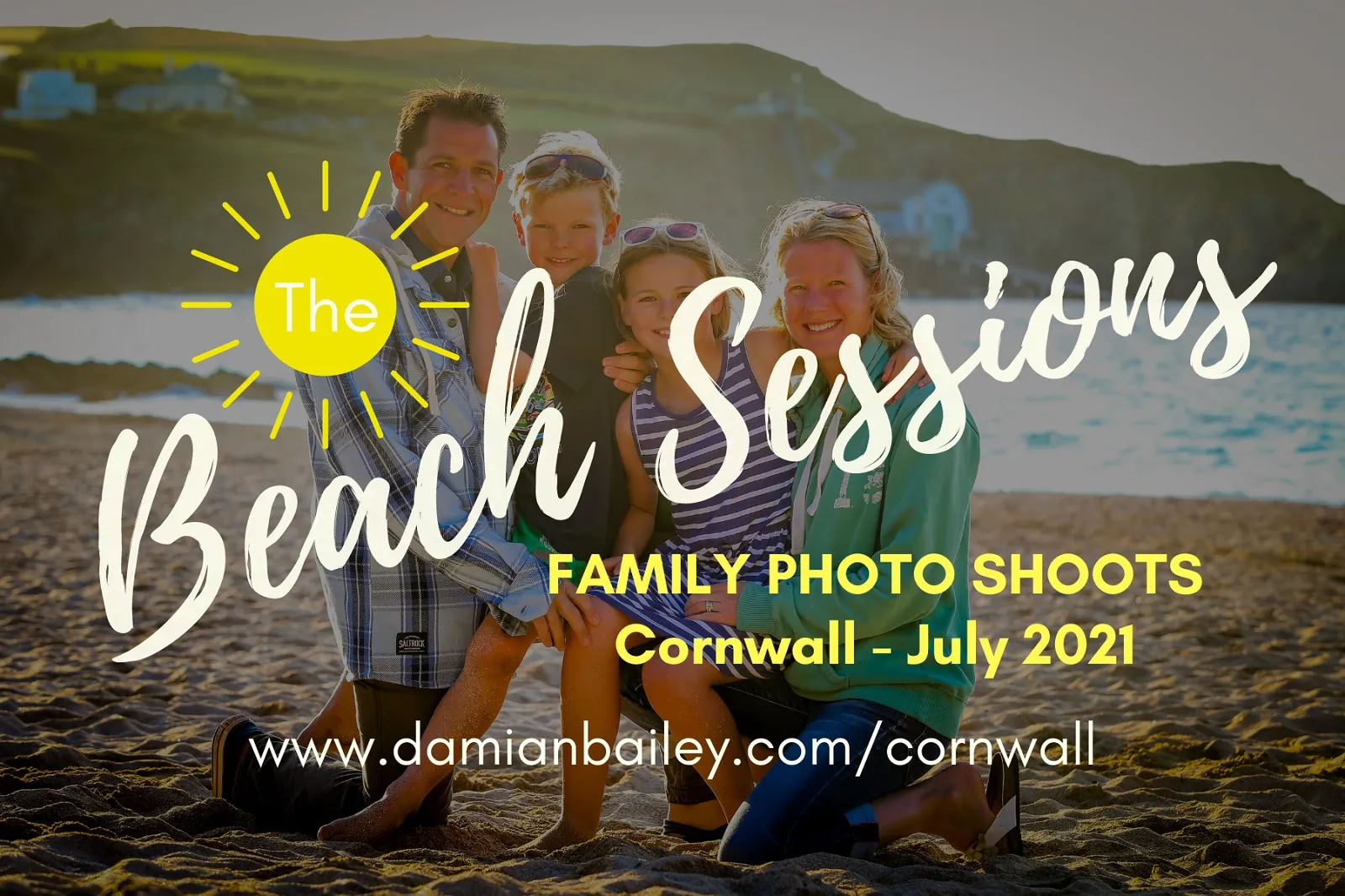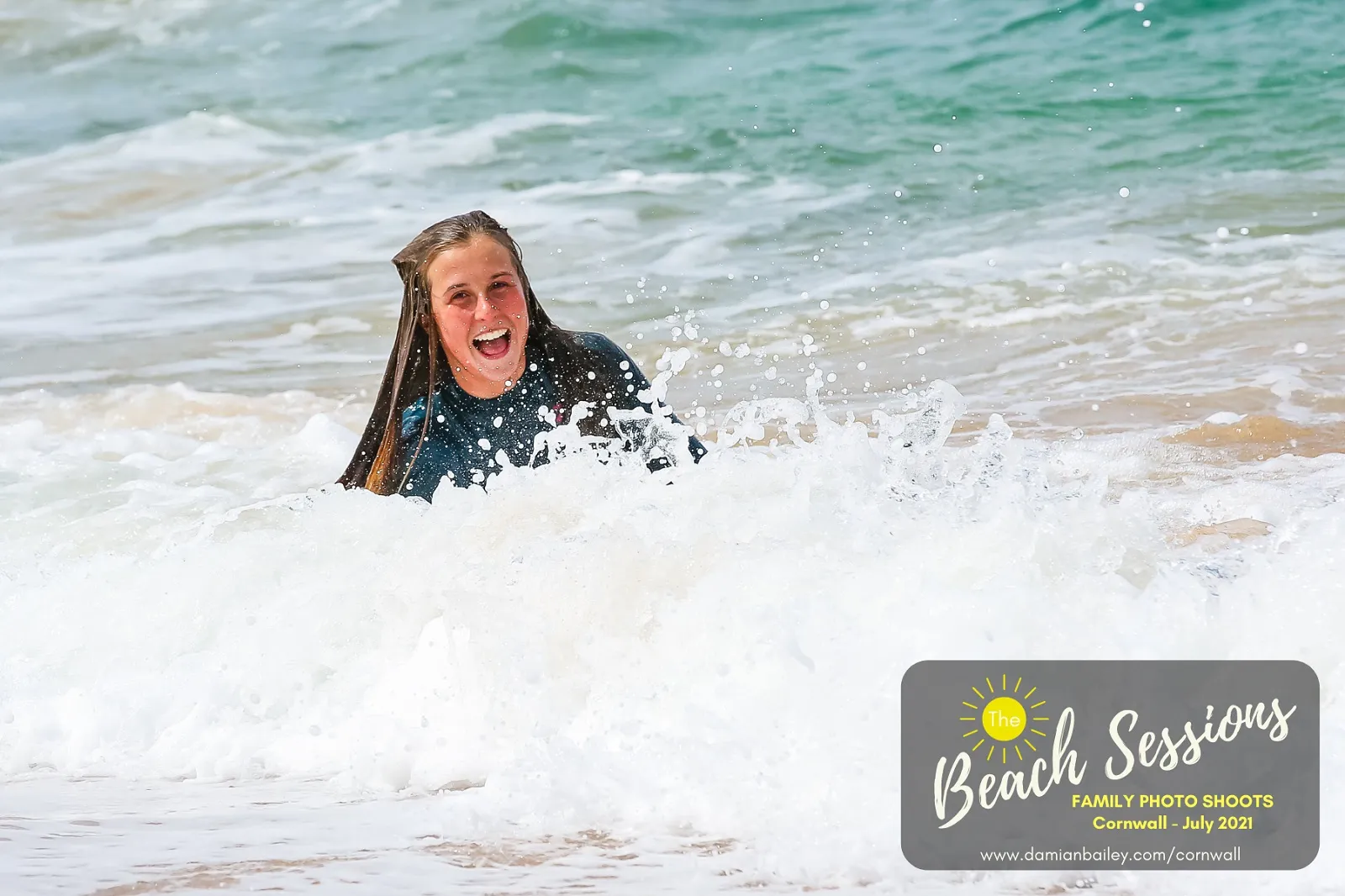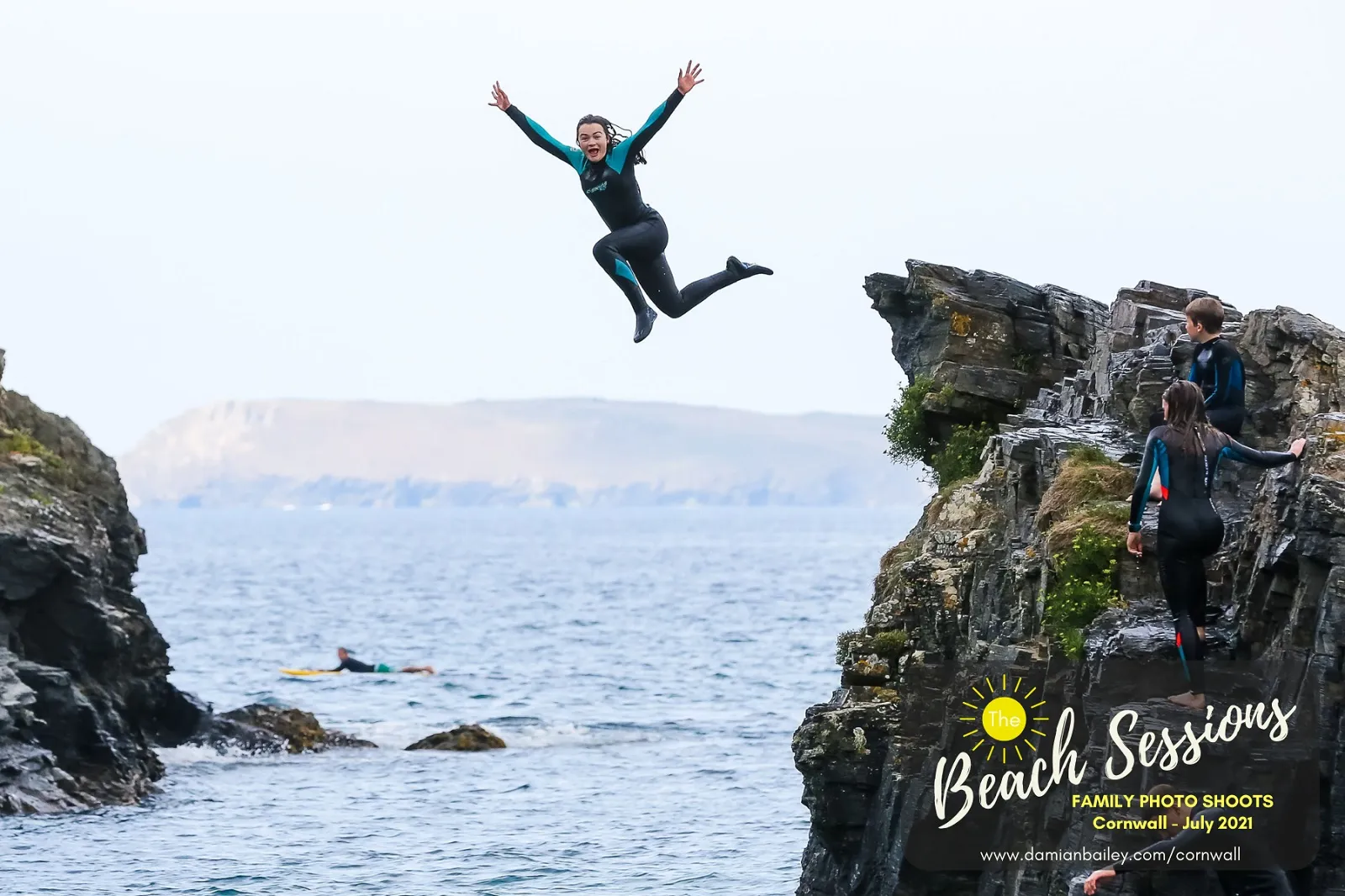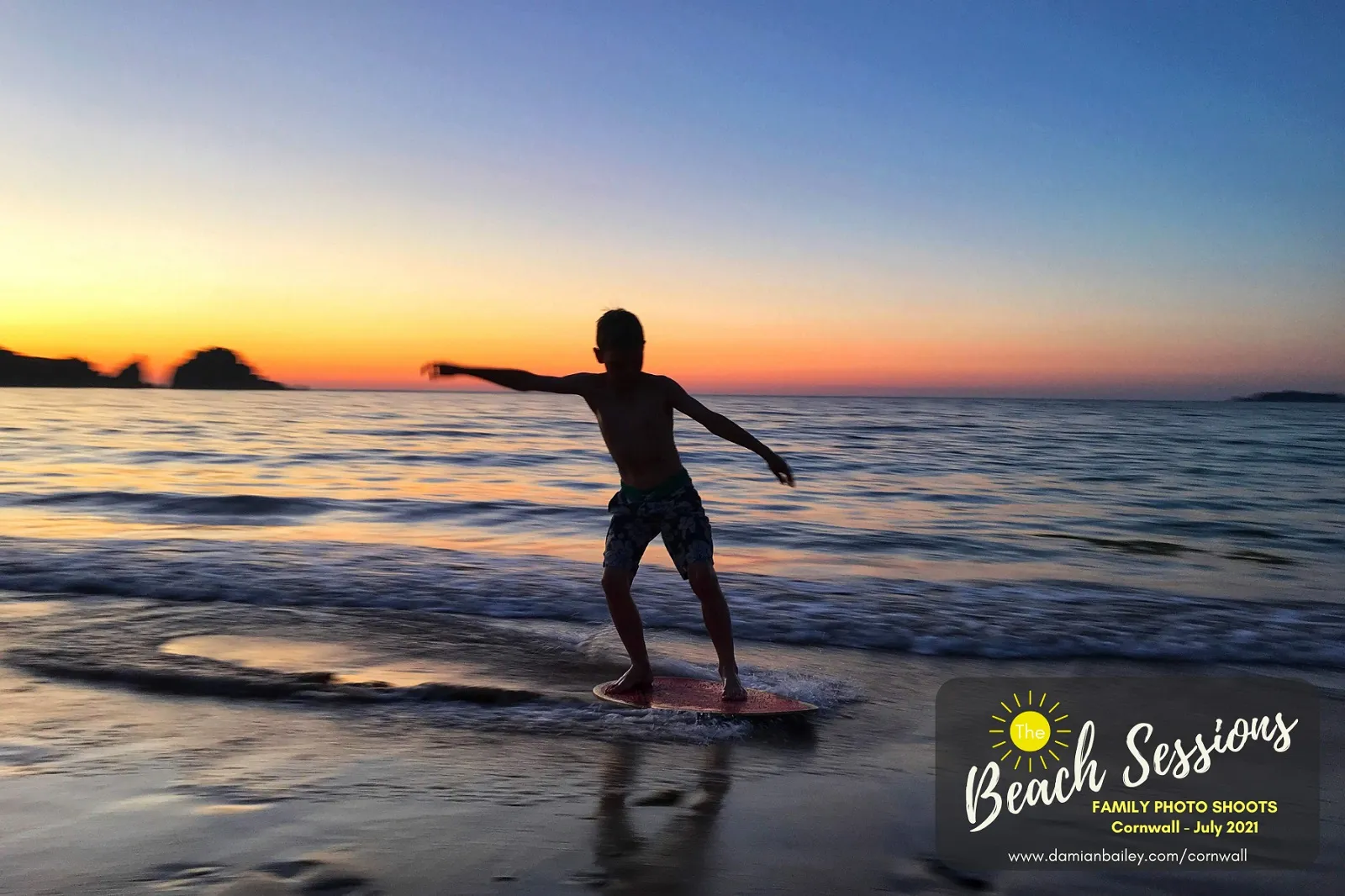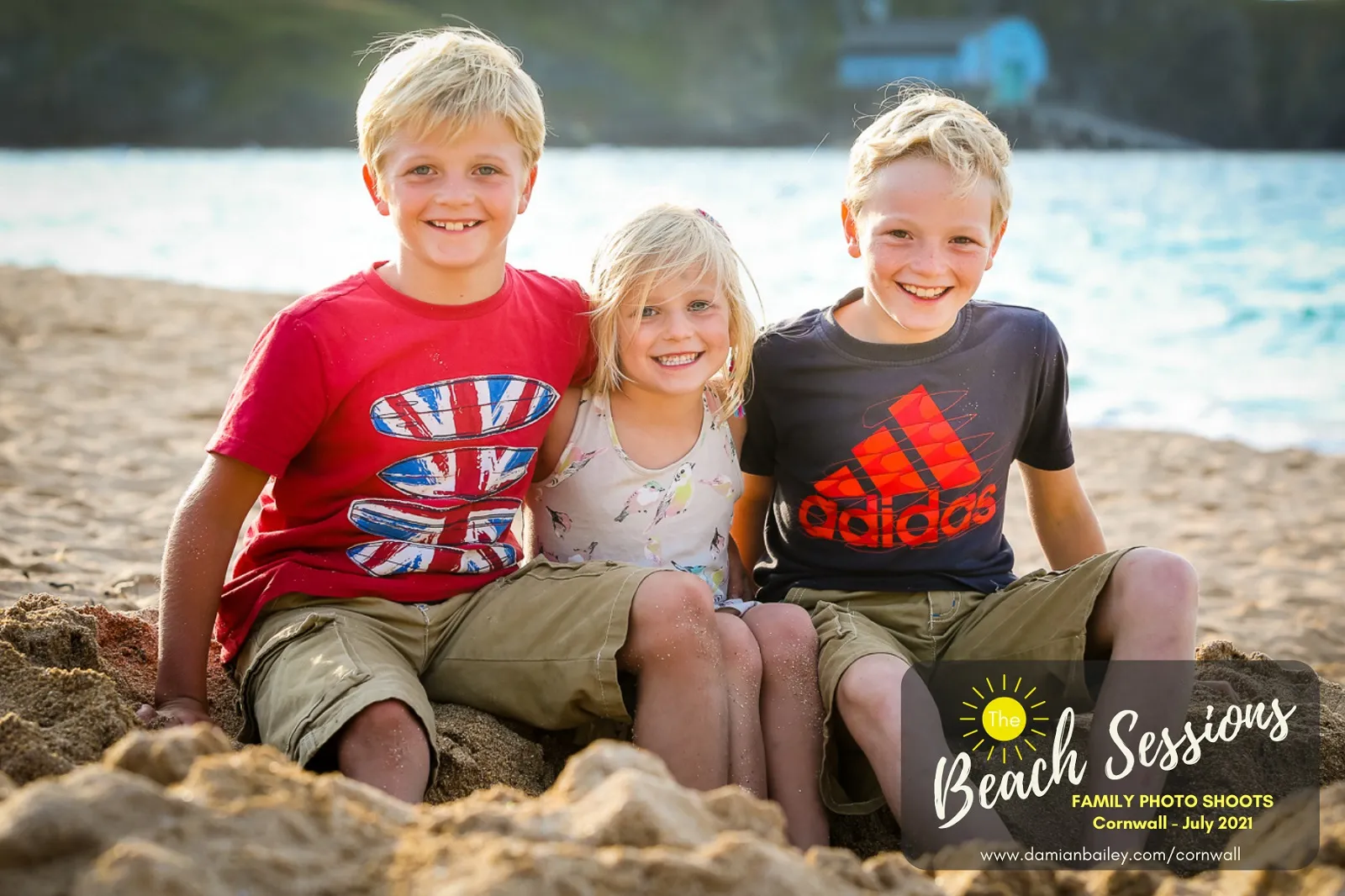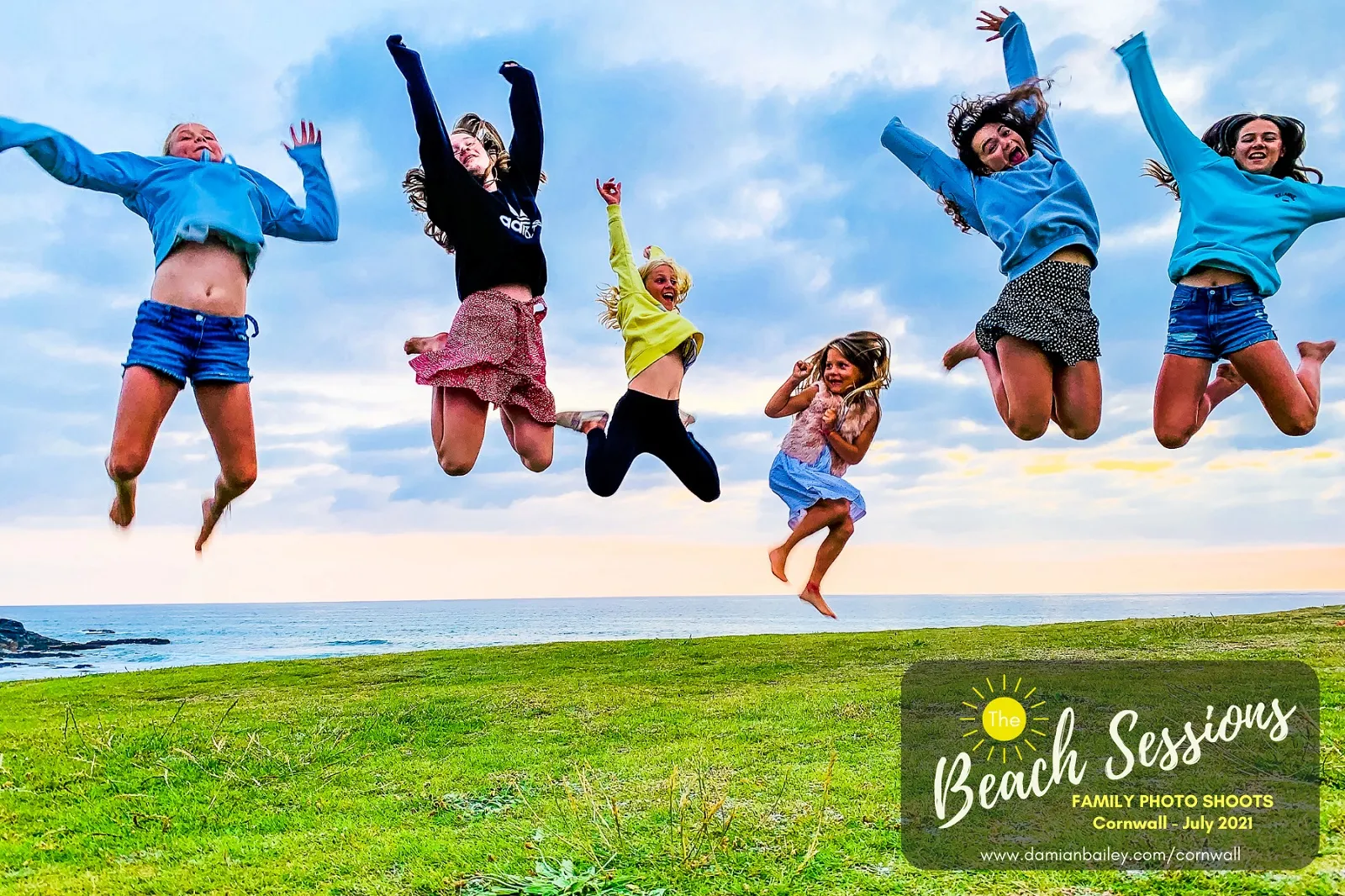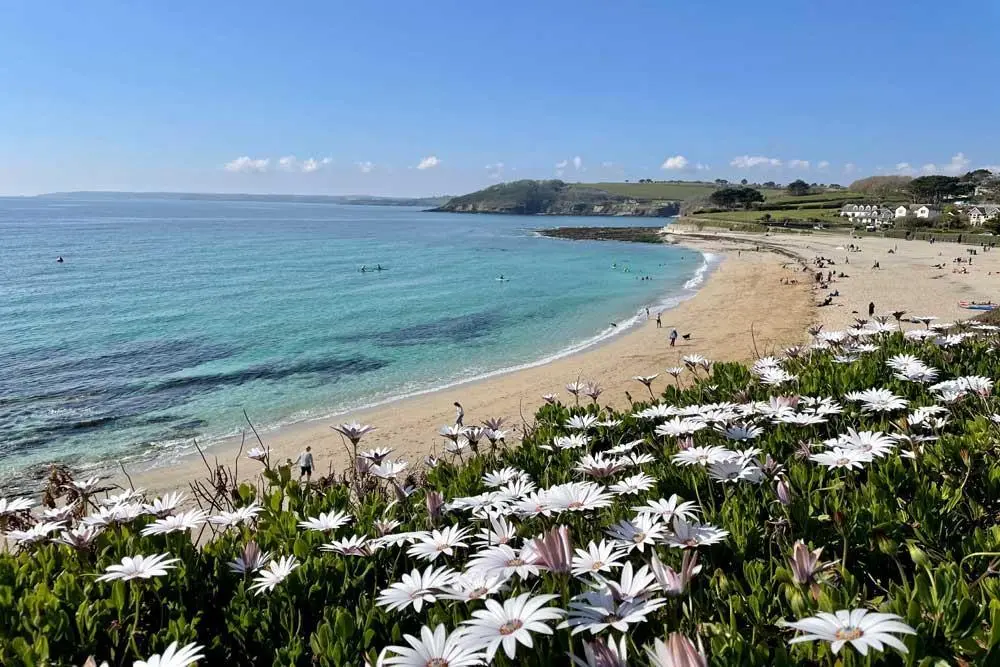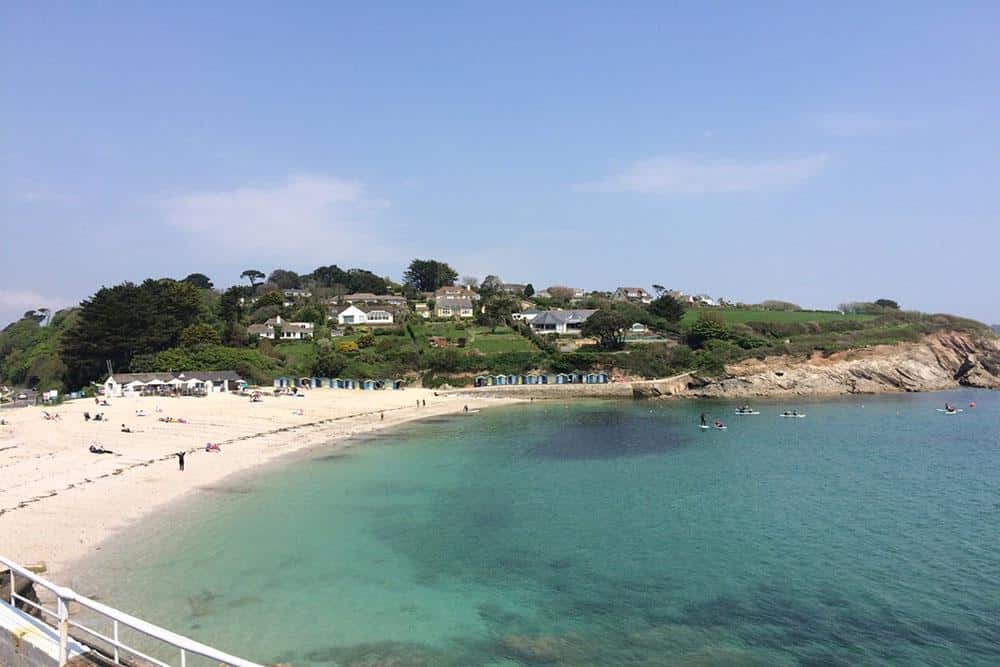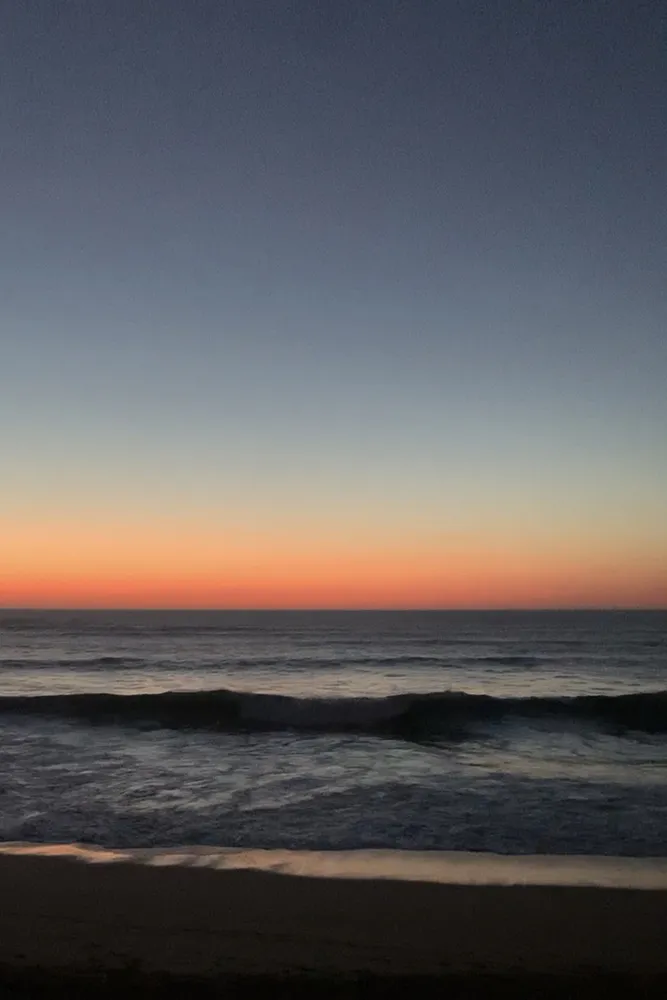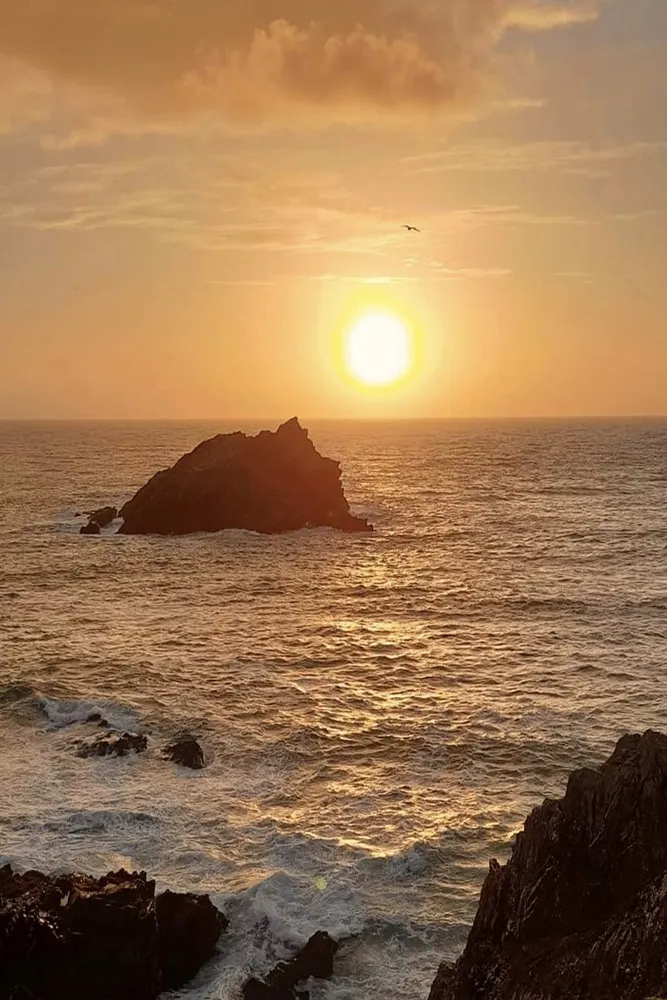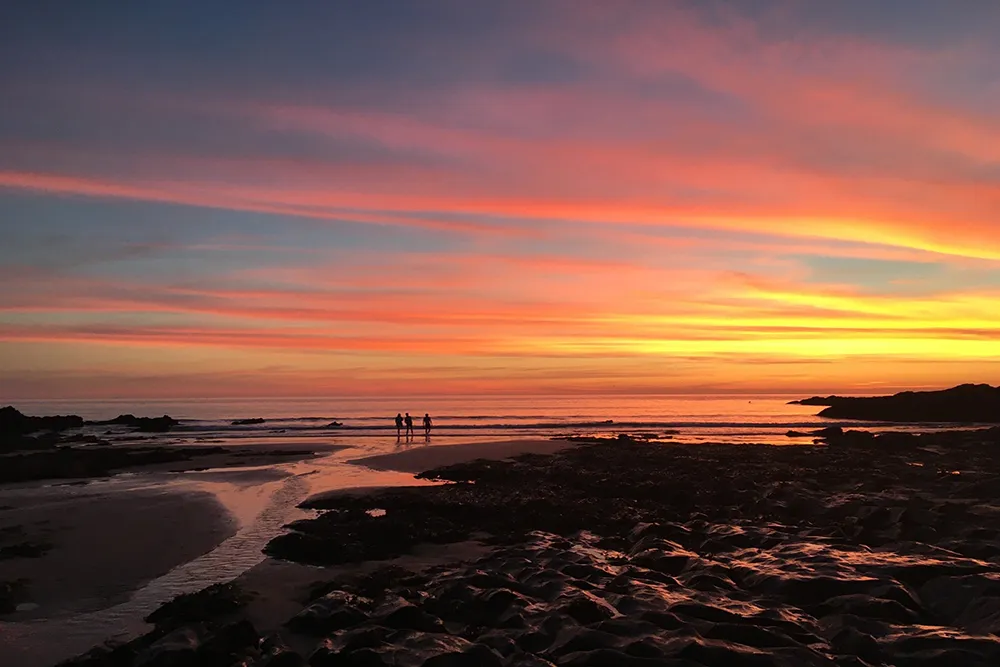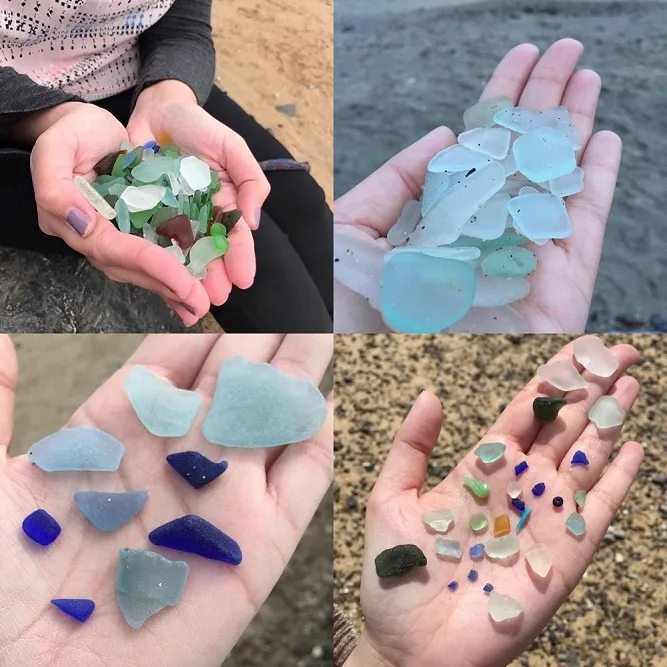
From scouring the sand to wading through the waves, the stretch where land meets sea offers exhilaration and space for contemplation in equal measure.
Visiting Cornwall with an electric car? Check out our holiday lets with electric car (EV) charging points.

Credit: @ggbytheseasea
“Beachcombing combines both my fascination with finding ‘treasure’ and a relaxing mindful way to unwind,” beachcomber Georgina Griffin [@ggbytheseasea] says of her favourite pastime, which hinges on patience, curiosity and the excitement of discovery. “Finding anything of any age makes me wonder, what was it? Who dropped it? How did it end up on our shores?”
“It’s the energy of the ocean that determines what you find where. That’s what makes each search so thrilling.”
Although beachcombing is all about taking things slowly and looking at everything you find at your own pace, the reason the north coast of Cornwall is great for beachcombing is due to its frantic waves and strong currents. “It’s the energy of the ocean that determines what you find where,” Georgina continues. “That’s what makes each search so thrilling.”
Surrounded by the Atlantic and barraged by the full brunt of storm swells through the winter, Cornwall is known for its beachcombing bounty. “There are so many things that wash up on the county’s beaches,” she says. “Seaglass is the most universally loved. Finding a rare colour that has been well rounded by the waves always brings a smile to my face. Lego is another popular find. And not as rare as you might think. In 1997, nearly five million pieces of Lego fell into the sea from a container ship so when you find it you know its exact origin and that it’s been poking about in the sea for over 20 years. That’s an incredible notion and adds a punch to every discovery.”
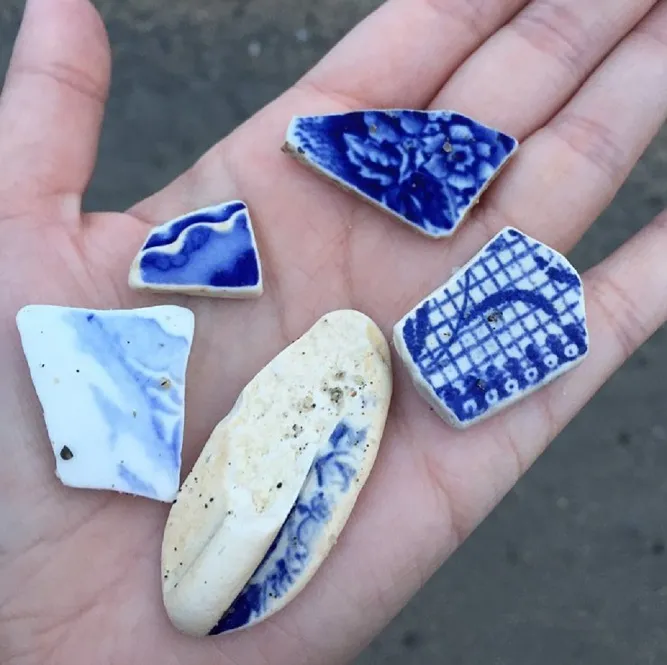
Credit: @ggbytheseasea
And of course, there’s nothing more thrilling than that elusive find. Georgina searched for a Cod Bottle marble (a marble in the top of old bottles for carbonated drinks) for a long time before she eventually found one near Charlestown. “I let out a little squeal of excitement when I saw it there in the sand,” she admits.
Tempted? Amble along beaches near the old villages and harbours of North Cornwall for your best chance of finding tiny pieces of history (and maybe a piece of lost Lego). Imagine the thrill when you look down and see a frosted gem, nestled in the sand. Buried treasure is beckoning…
Fancy looking at areas of the North Coast? Explore our holiday properties in Padstow, just a short drive away from Port Isaac and Polzeath.
Wonder wander
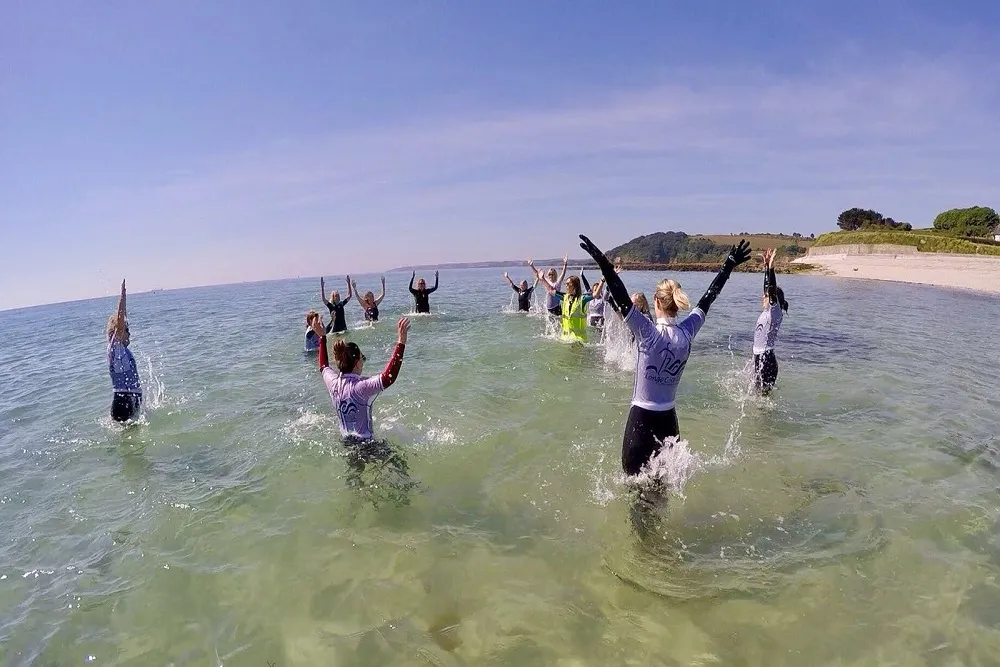
Credit: Longe Cote
If you’re more about being in the sea than by it, but still want to keep your feet on the ground, Longe Côte marries in-ocean elation with a therapeutic sea air walk. With its roots on the continent where troops of ‘longers’ can be seen every day wading through the shallows, in Cornwall the movement is a fledgling one. And Jo Curd, who runs Longe Côte UK, is its biggest advocate. “Longe Côte is addictive because of the endorphins the exercise and laughter release,” Jo explains. “It’s about feeling at once free and alive in the waves and soothed in the cool, gentle waters.”
“We have people of all ability levels in our groups but everyone is there for the same reason and gets the same joy out of it. Water time is incredibly unifying.”
Of course the calm days have their appeal, in a meditative and restorative sense, but for Jo, it’s a case of the more waves, the better. “We definitely work harder when there’s a swell on,” she continues. “We need to leap over the waves before we even start the exercises. I prefer that kind of class with rolling waves to jump; it feels so vital.”
Each class is set by the conditions on the day and the energy you want to put in. “Longe Côte is all about finding your pace and embracing it,” Jo says. “You can take a leisurely lunge or power forward, you can add resistance by punching through the water as you walk – how hard you work is up to you. We have people of all ability levels in our groups but everyone is there for the same reason and gets the same joy out of it. Water time is incredibly unifying. I have a sense of contentment after classes I’ve not found anywhere else.”
Submerge yourself up to chest level and enjoy a 45-minute session at Gyllyngvase Beach in Falmouth with Jo. Classes are held year round: @longecoteuk
Read about adventures of every pace: on the surface or in the deep too…
Discover the top 10 reasons why Cornwall is the perfect workation destination with Beach Retreats.
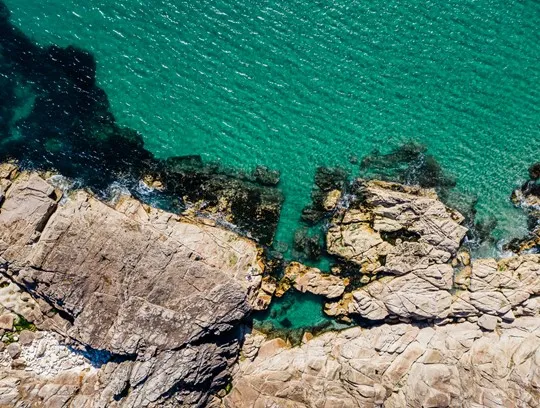
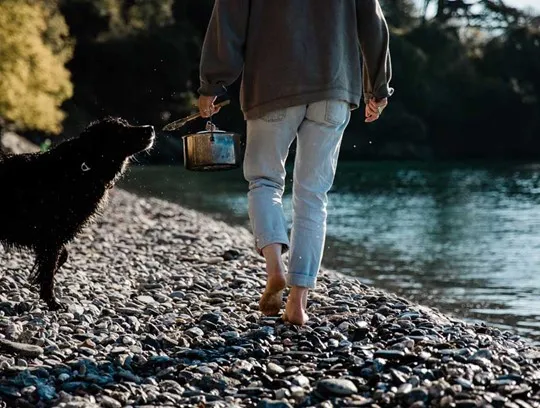
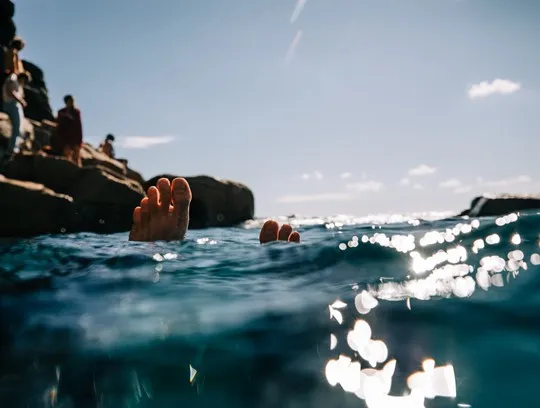
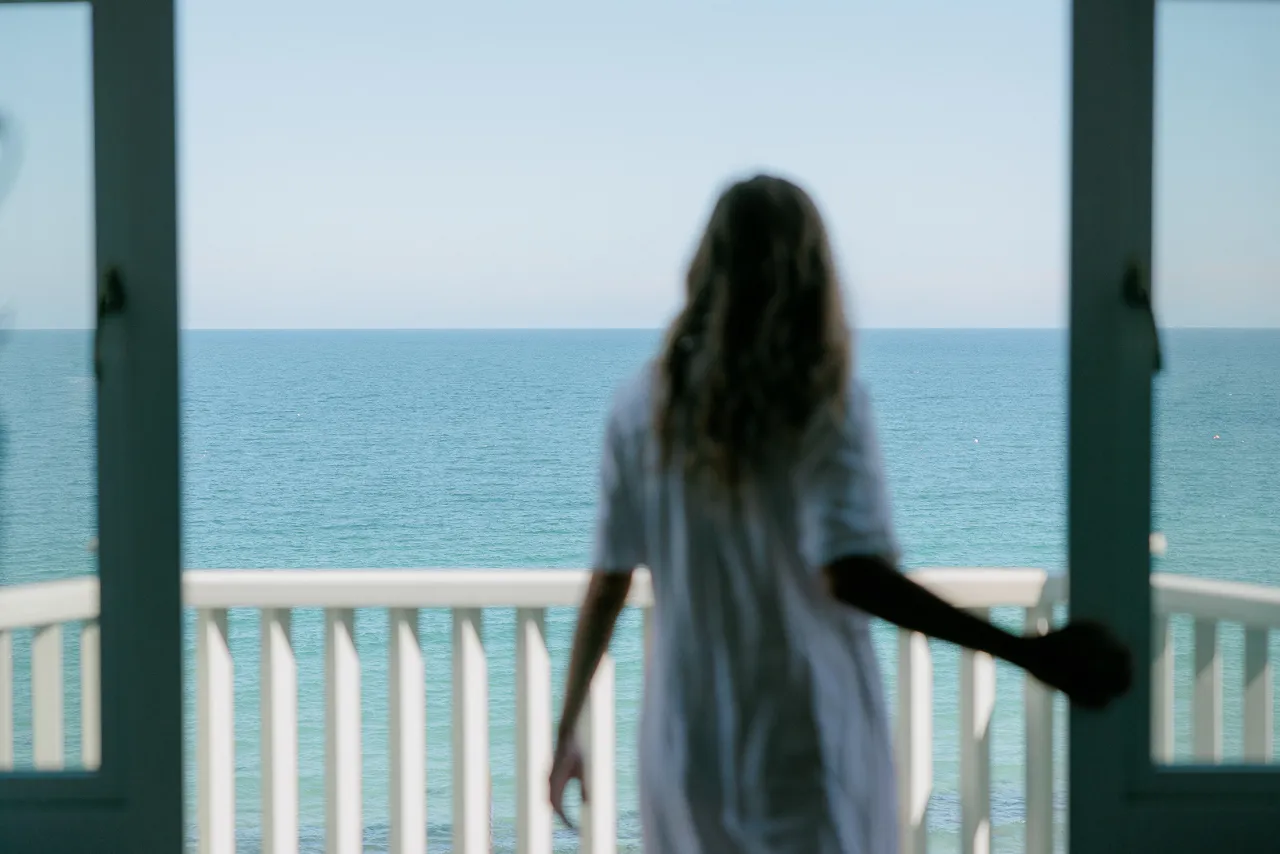
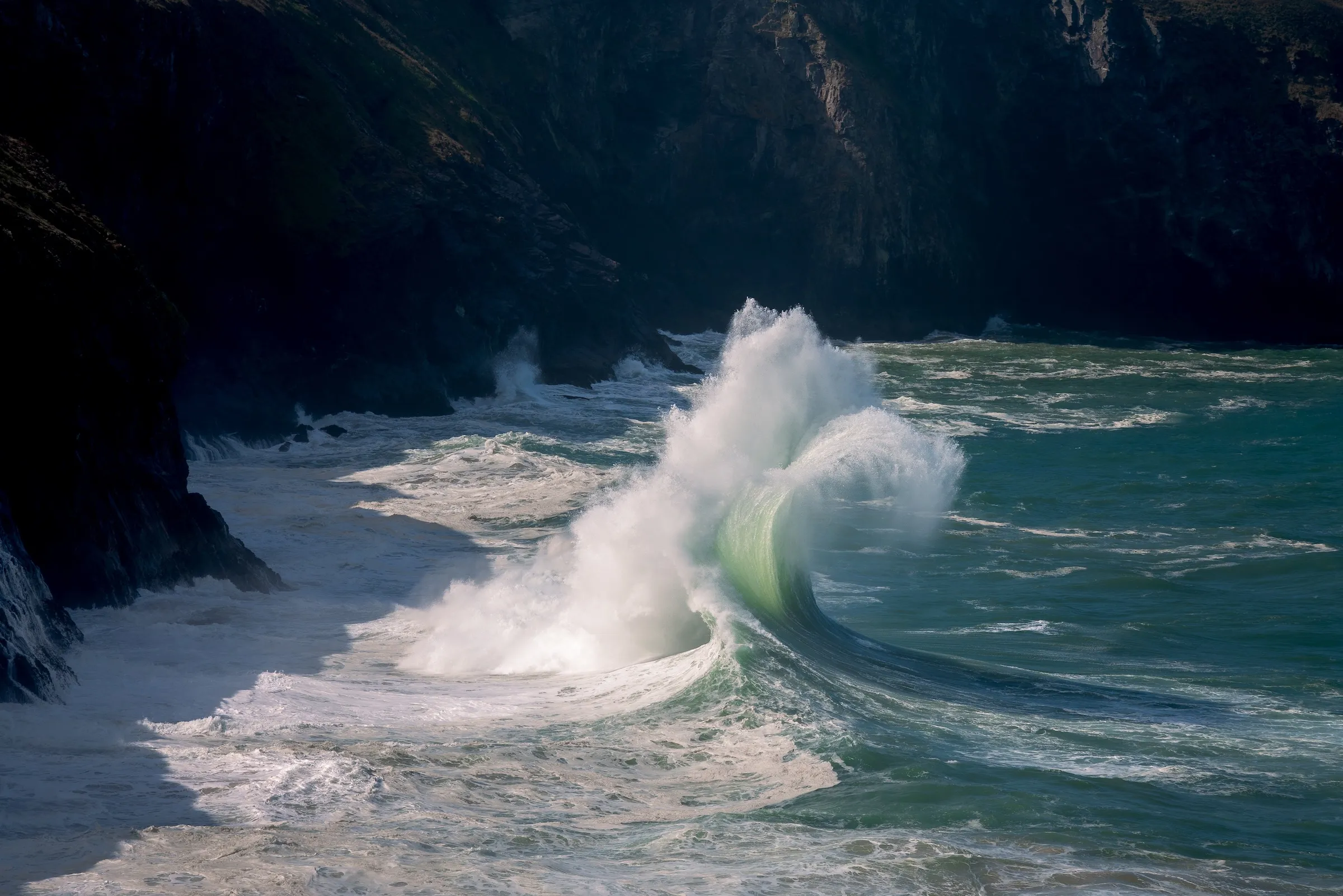
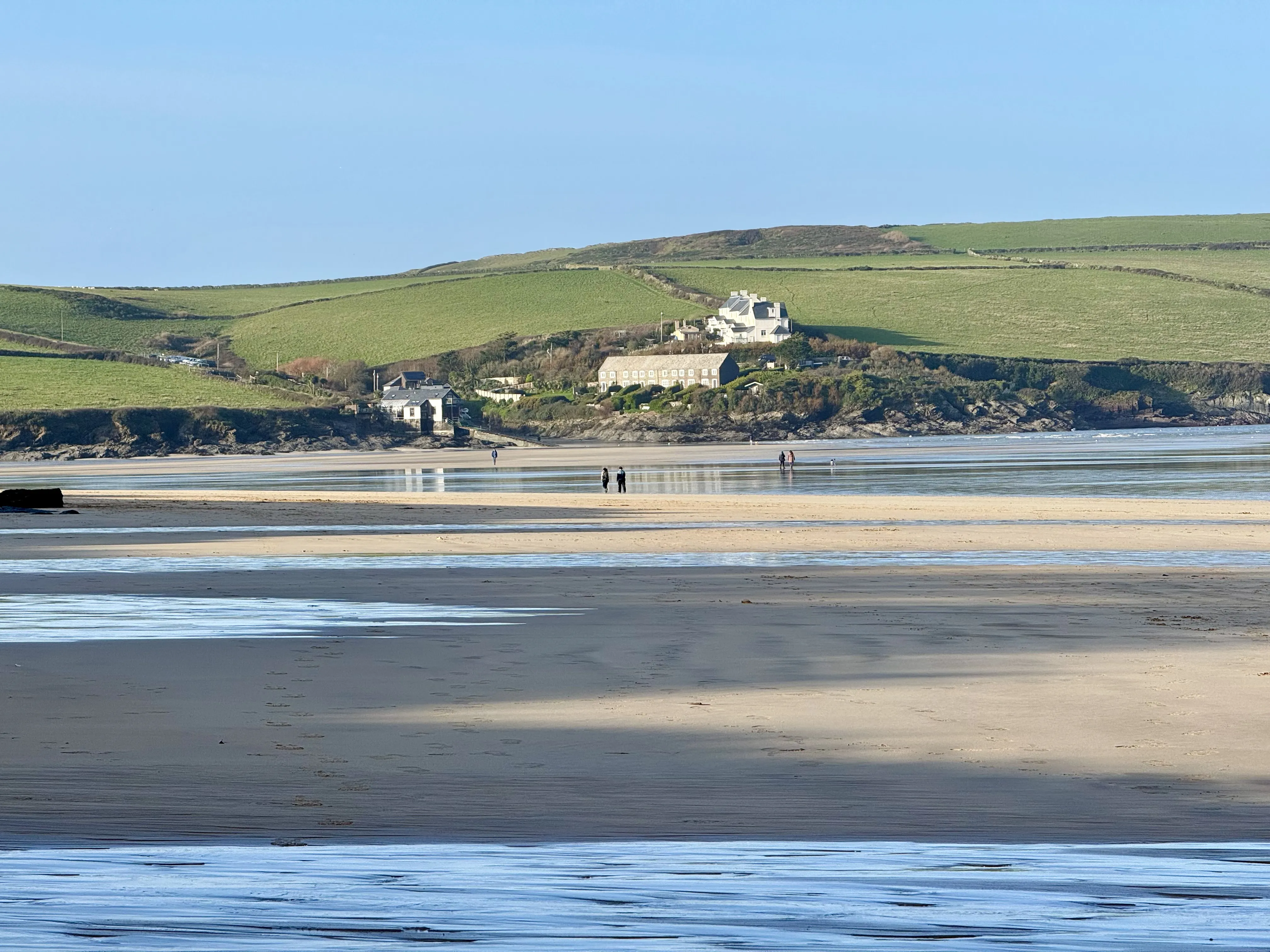
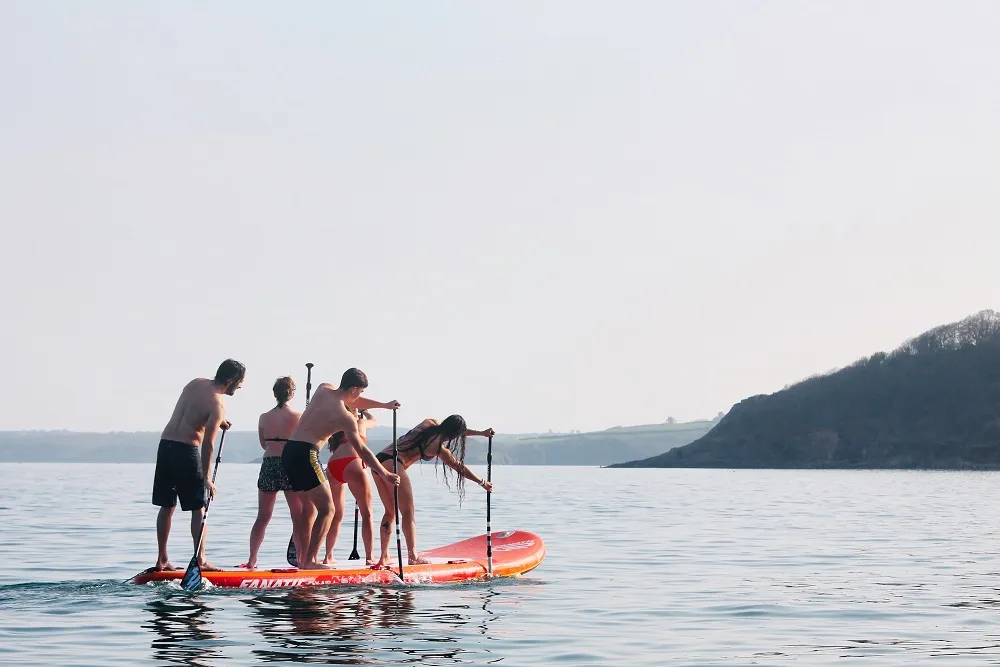
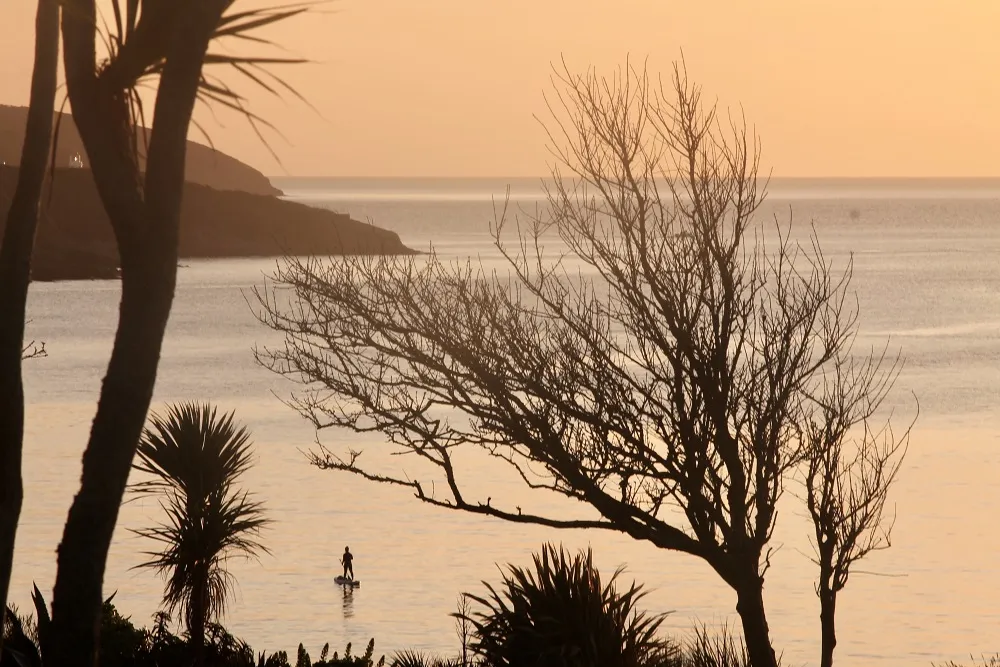
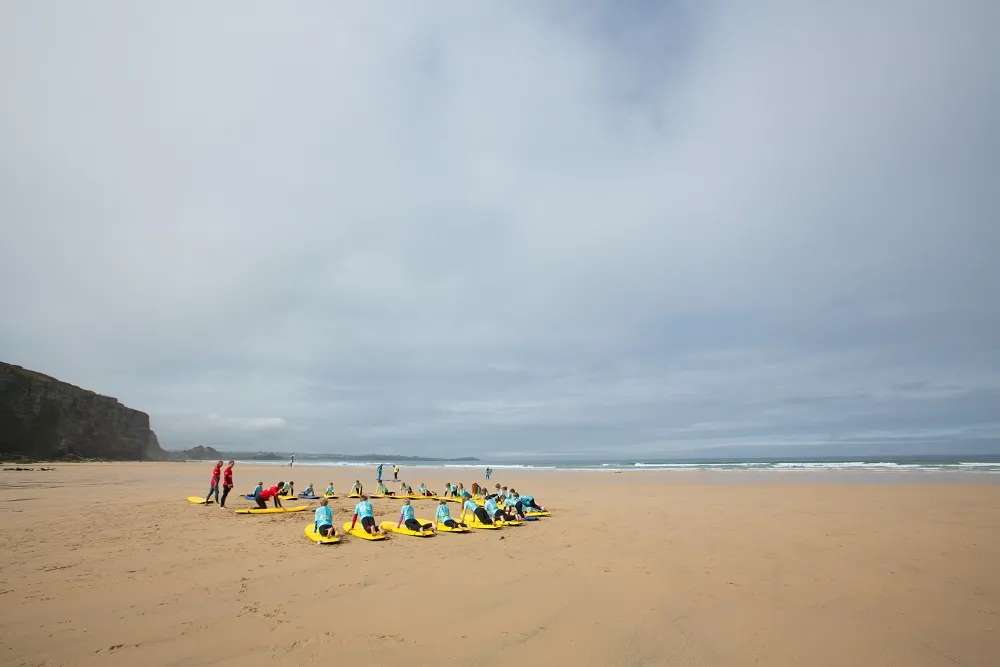
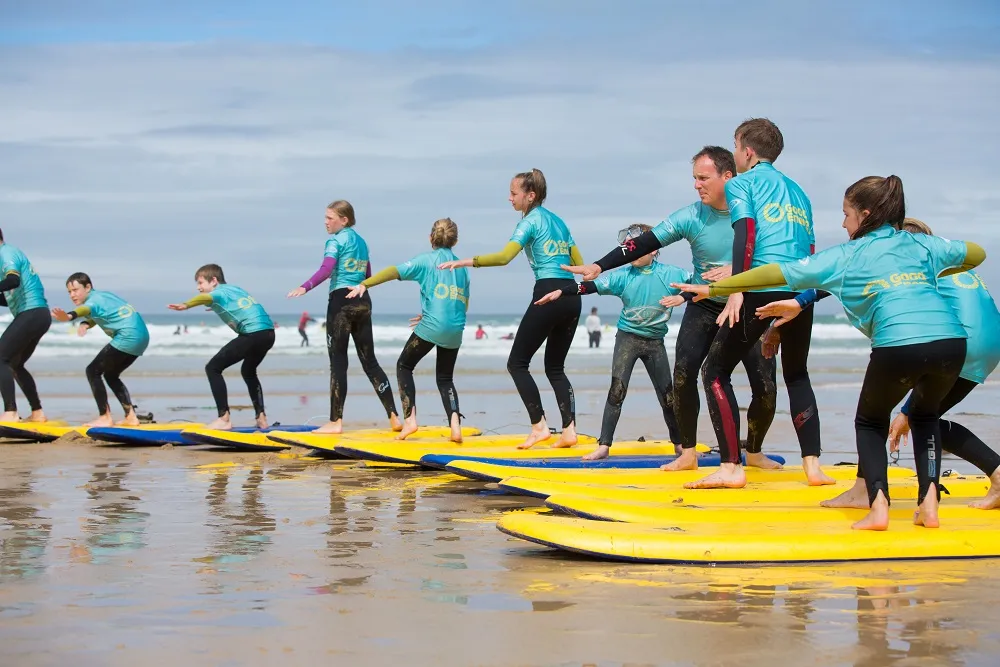
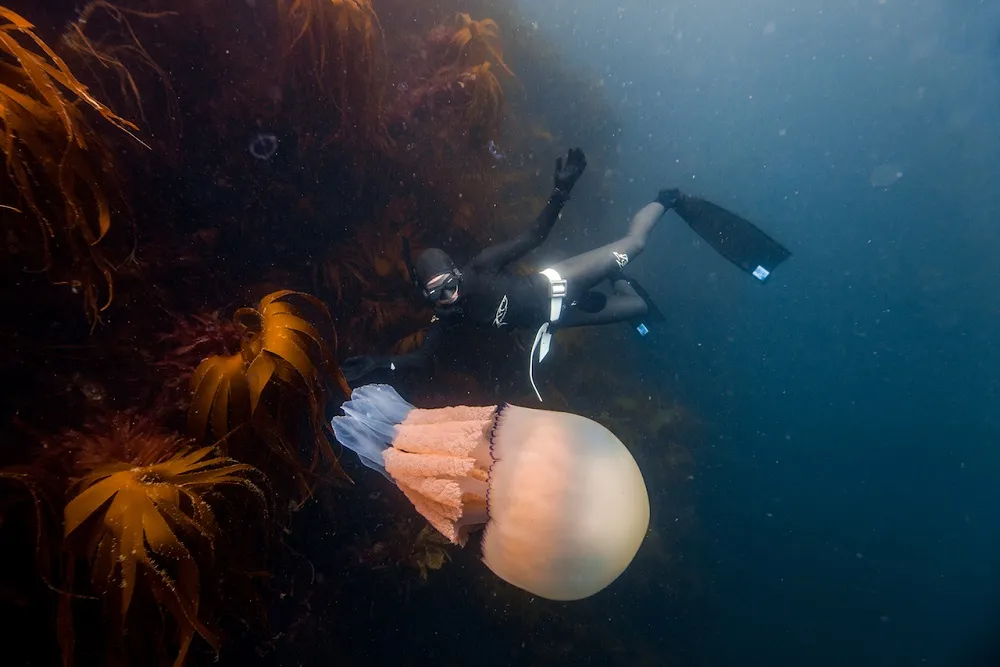
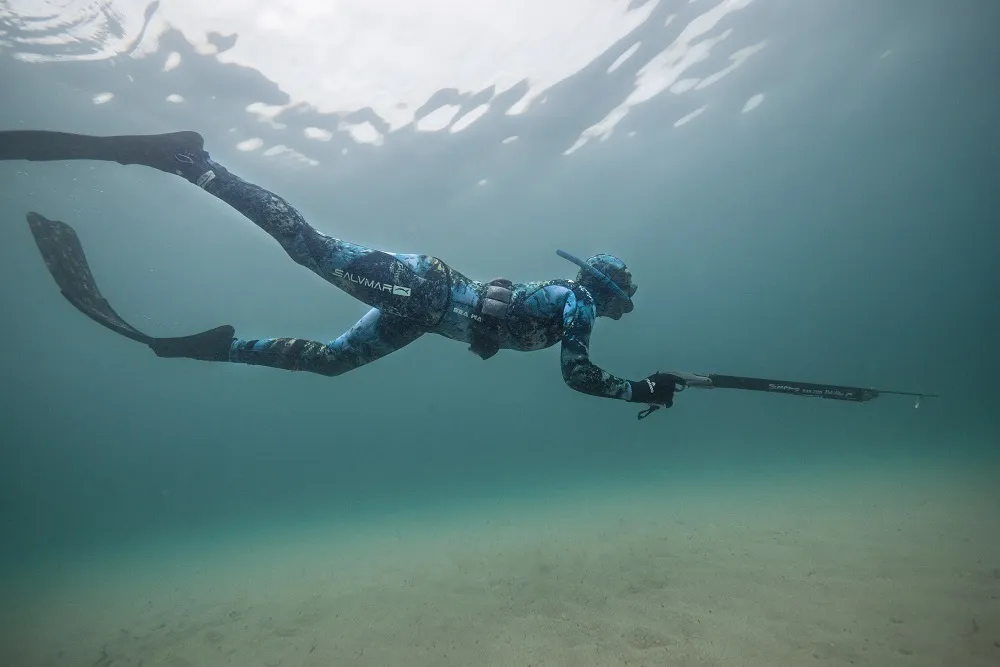
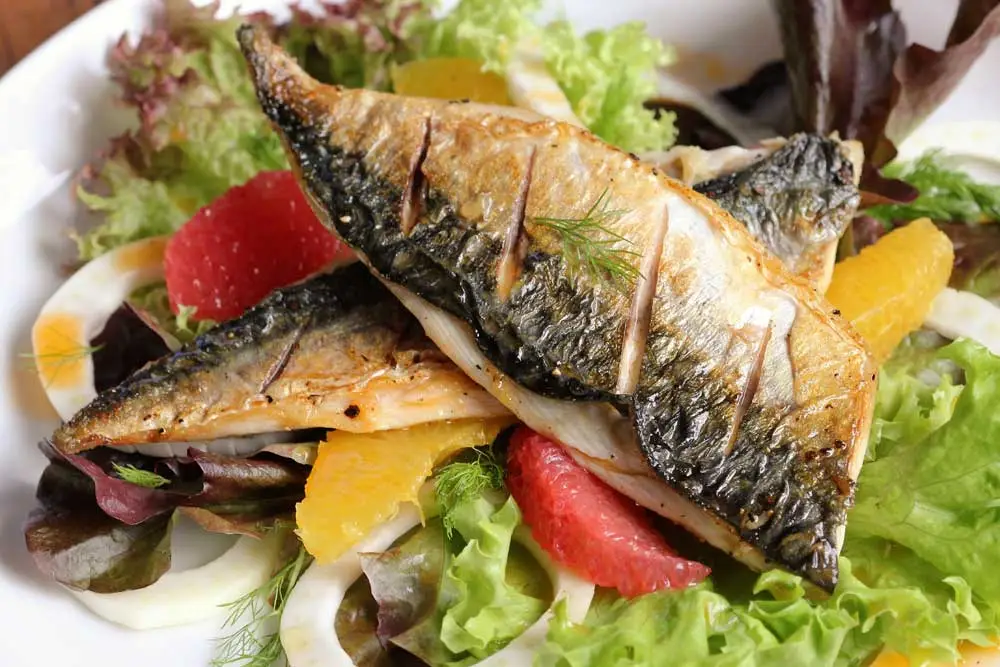
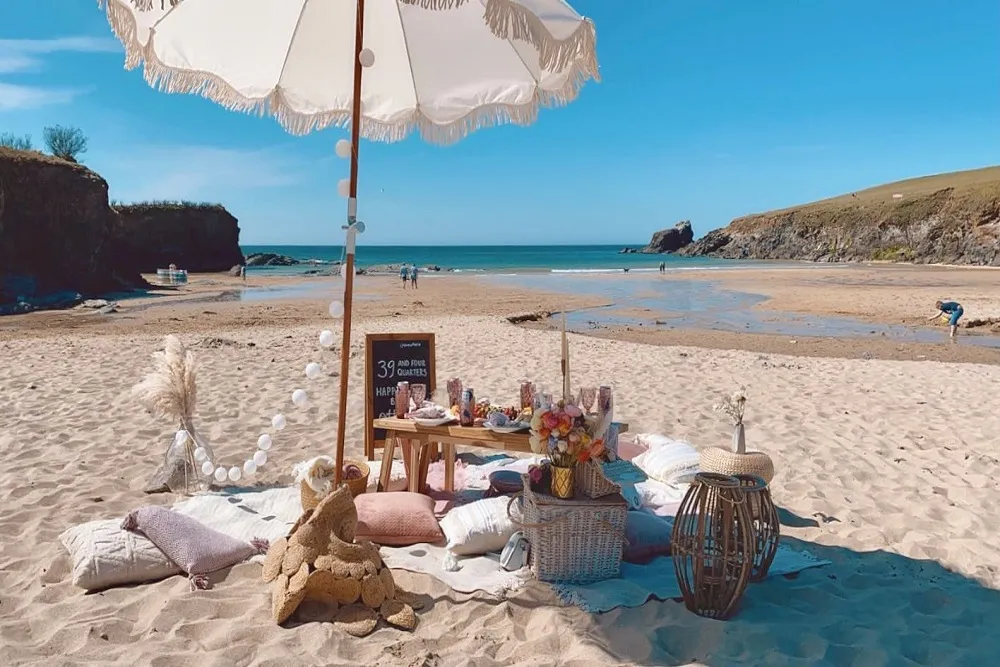
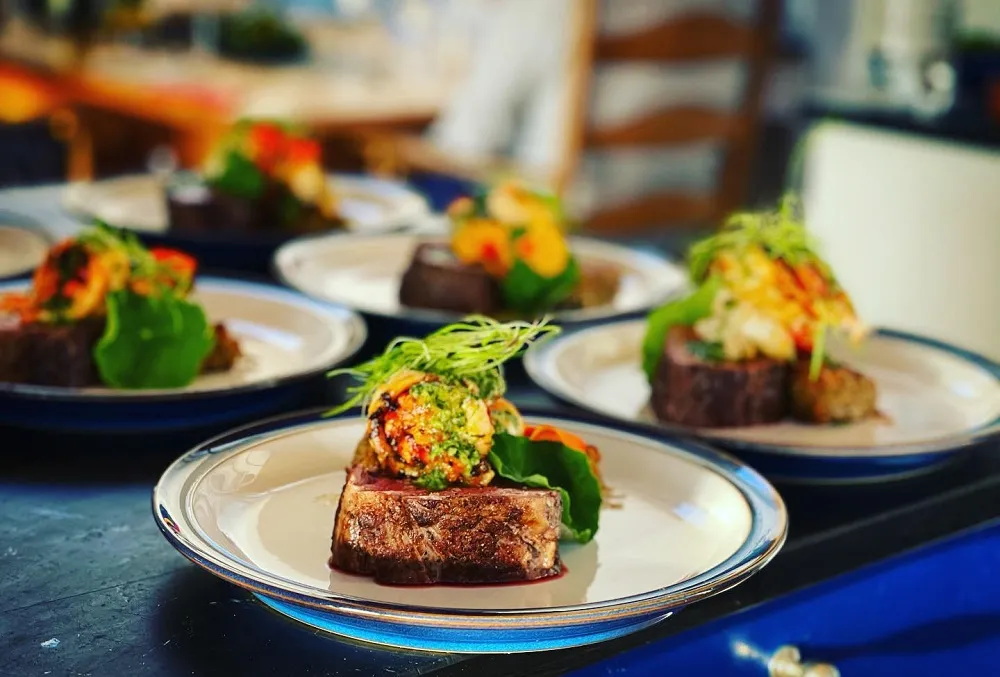
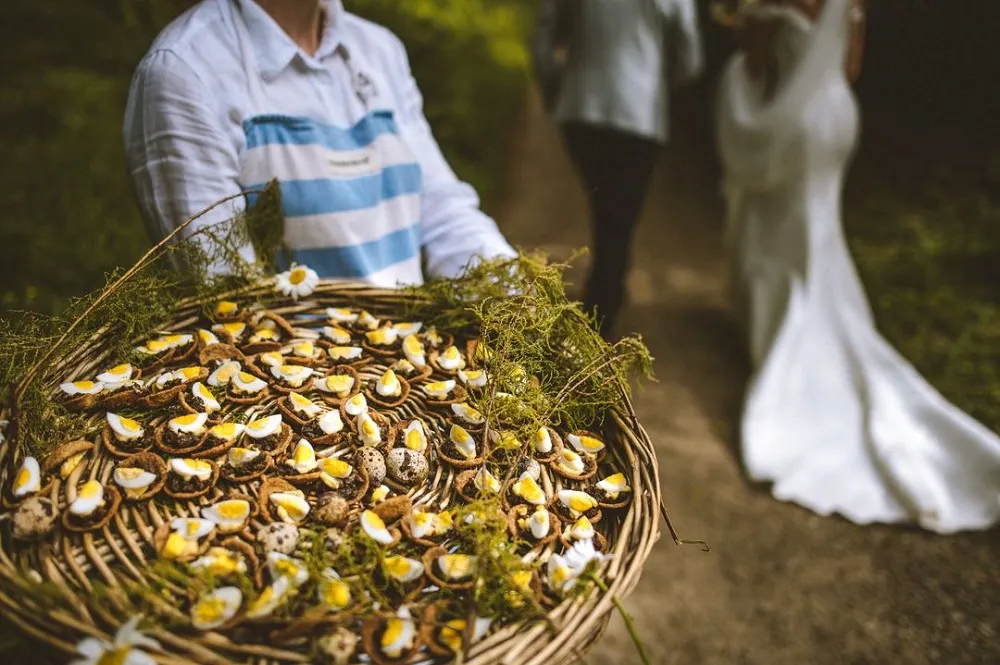

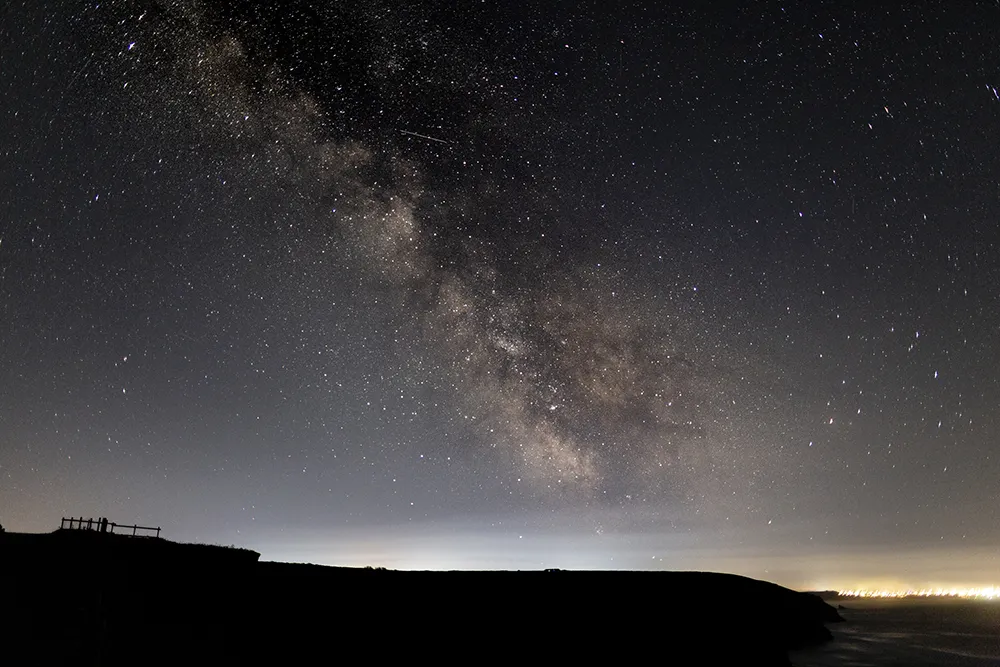
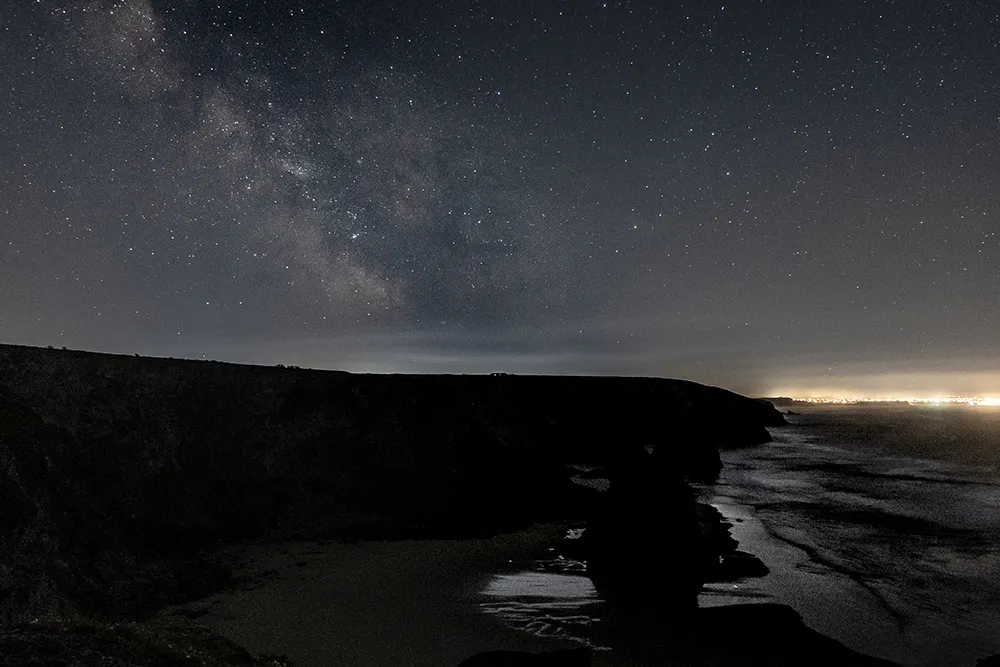 Credit: Graham Gaunt Photowork
Credit: Graham Gaunt Photowork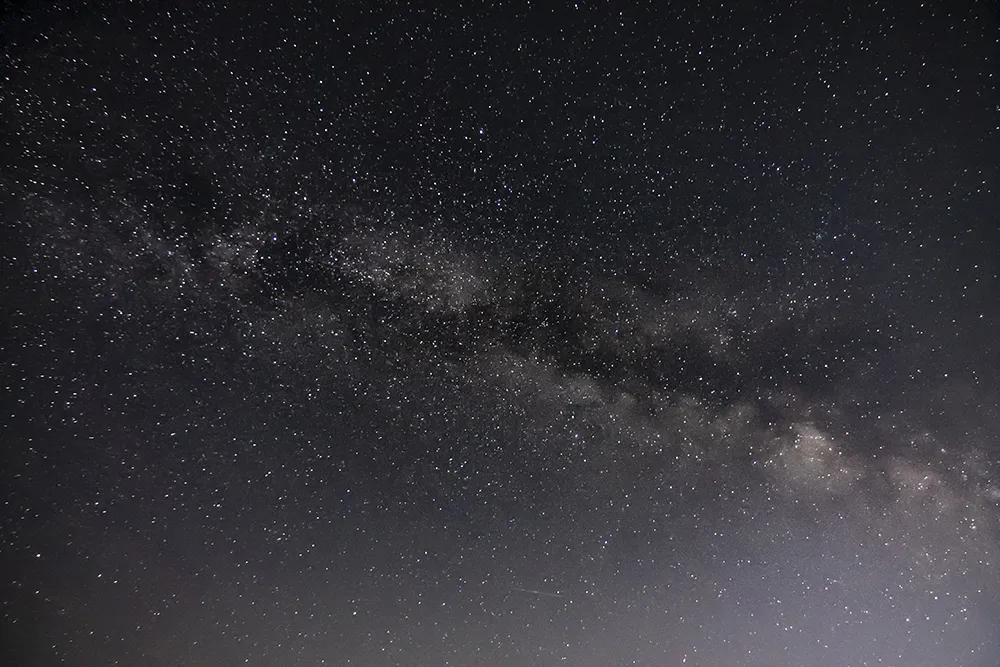 Graham Gaunt Photowork
Graham Gaunt Photowork